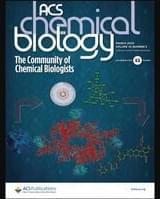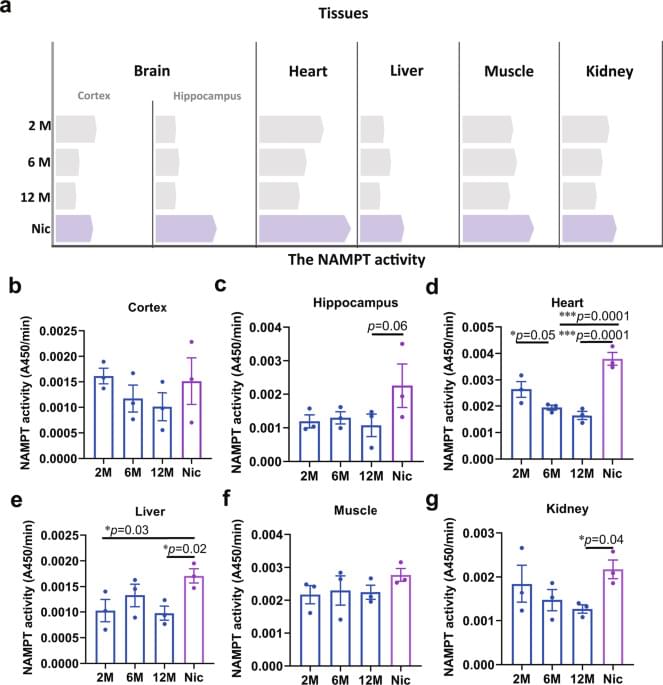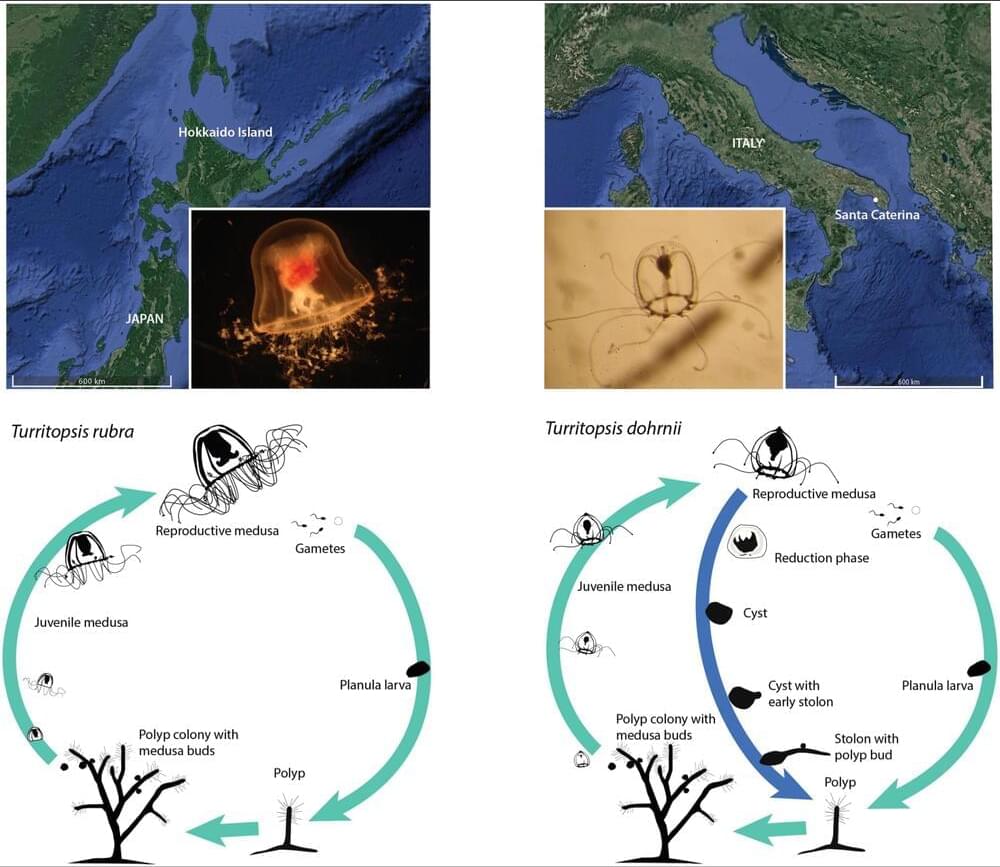Bringing together the global cryonics field including leaders, researchers, and members.
Category: life extension – Page 121

How to Defeat Aging? Two Scientists Offer Their Visions
In a much-anticipated debate, prominent aging researchers Aubrey de Grey and Peter Fedichev presented their competing, but also overlapping, theories.
When the non-profits Foresight Institute, Open Longevity, and Say Forever had the idea to hold debates on the best strategy to defeat aging, there was little question about whom they should invite first. Aubrey de Grey, head of LEV Foundation and one of the faces of the longevity field, and Peter Fedichev, CEO of Gero and a rising star in the same field, already had an impromptu debate last year in Zuzalu, the longevity/crypto/AI-themed pop-up city in Montenegro. I had the honor to witness that clash of titans, which kept a small but dedicated crowd on its toes for more than two hours.
The impromptu debate in Zuzalu. Photo: Arkadi Mazin.

Targeted Covalent Inhibition of Telomerase
I think this could lead to immortality basically allowing for limited growth of dna structures but still offering unlimited lifespan. In short this also prevents cancer aswell.
Telomerase is a ribonuceloprotein complex responsible for maintaining telomeres and protecting chromosomal integrity. The human telomerase reverse transcriptase (hTERT) is expressed in ∼90% of cancer cells where it confers the capacity for limitless proliferation. Along with its established role in telomere lengthening, telomerase also serves noncanonical extra-telomeric roles in oncogenic signaling, resistance to apoptosis, and enhanced DNA damage response. We report a new class of natural-product-inspired covalent inhibitors of telomerase that target the catalytic active site.

Nicotine rebalances NAD+ homeostasis and improves aging-related symptoms in male mice by enhancing NAMPT activity
This also an amazing supplement that also exists in all foods called nad plus that stops age related symptoms.
Nicotine, a metabolite of the NAD+ metabolic pathway, has been found to possess anti-inflammatory and neuroprotective properties, yet the underlying molecular mechanisms remained unknown. Here, the authors show that low-dose nicotine promotes SIRT1 deacetylation of NAMPT and enhanced NAMPT activity which boosts NAD generation and improves age related symptoms.

Comparative genomics of mortal and immortal cnidarians unveils novel keys behind rejuvenation
Though hardly conclusive, this study strongly suggests that boosting NAD+ levels in humans could have incredible health benefits.
Created by Elysium Health, Basis is a proprietary formulation of crystalline nicotinamide riboside and pterostilbene, which the human body converts into NAD+. In a double-blind, randomized, placebo-controlled clinical trial, it was demonstrated that, on average, Basis increases NAD+ levels by 40 percent. These elevated NAD+ levels won’t necessarily stop the aging process. But they will certainly maximize cellular health, boost energy, and support healthy sleep. This in turn should allow people who are in good health to maintain it longer, and thus age better.
17.5y Younger Biological Age: Supplements, Diet (Blood Test #4 in 2024)
Join us on Patreon! https://www.patreon.com/MichaelLustgartenPhDDiscount Links: Epigenetic, Telomere Testing: https://trudiagnostic.com/?irclickid=U-s3Ii2r7x…

Tech founder claims he successfully slowed down his aging by editing his DNA
Johnson’s latest foray into anti-aging science took him to the Roatan, an island off the coast of Honduras, where he received follistatin gene therapy in the form of two injections. The entrepreneur says that he spent $20,000 on reversible gene therapy developed by the method development company Minicircle.

William Shatner joins oversight committee for 130-year lifespan trials
This ambitious initiative aims to significantly extend human lifespan, targeting a 130-year life expectancy through cutting-edge mitochondrial transplantation techniques.
Star Trek star boldly joins Biotech Explorers longevity project to extend human lifespan and explore the final frontier of aging.

Biohacker who is ‘reverse aging’ reveals $20k medical procedure that ‘edits his DNA’ so he ‘lives forever’
He added: “Their target: follistatin gene therapy. A pioneering technology with the potential to improve muscle and strength [and] slow the speed of aging and many more benefits.”
The millionaire explained that the procedure involves an injection in the stomach and in the buttocks.
It also costs $20,000, so not exactly cheap.
Greg Fahy at Rejuvenation Statup Summit 2024
Greg Fahy, Co-founder and CSO of Intervene Immune presenting at the Rejuvenation Startup Summit 2024.
Connect to Forever Healthy:
* Videos: https://forever-healthy.org/videos/
* News: https://forever-healthy.org/news/
* LinkedIn: / forever-healthy-foundation.